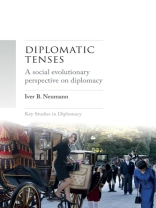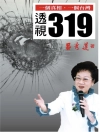Offering an alternative and a complement to existing histories of diplomacy, this book discusses change in the form of ‘tipping points’, which it understands as the culmination of long-term trends. Part I discusses social evolution on the general level of institutions. It argues that in cases where a diplomatic institution’s tipping points are defined by the types of entities that make it up, the consular institution has evolved from concerning polities of independent traders to becoming ever more of a state concern. Part II challenges the existing literature’s treatment of diplomacy as an elite, textual affair. It lays the groundwork for studying visual diplomacy and observes that the increasingly marginal vision of diplomacy as a confrontation between good and evil survives in popular culture. The book concludes by identifying the future of diplomacy as a struggle between state-to-state based diplomacy and diplomacy as networked global governance.
สารบัญ
1 Introduction: the nature of diplomacy
2 The evolution of diplomacy
3 The evolution of the consular institution (with Halvard Leira)
4 The evolution of visual diplomacy
5 Presentability
6 Diplomatic subjunctive: the case of Harry Potter’s realms
7 Conclusion: towards diplomacy as global governance
Reference
Index
เกี่ยวกับผู้แต่ง
Giles Scott-Smith holds the Ernst van der Beugel Chair in the Diplomatic History of Transatlantic Relations since WWII at Leiden University, the Netherlands












